Dhaka, July 19, (V7N) – Eleven years ago today, Bangladesh witnessed one of the bloodiest days in its contemporary political history. On July 19, 2014, the student-public movement ignited into a nationwide inferno of protest, with at least 30 people losing their lives in violent clashes across the country.
The movement, which initially began as a call for a "complete shutdown," quickly escalated into a national revolt. In the face of mass demonstrations, the government deployed maximum force — from police and BGB to even firing live rounds from helicopters — to suppress the uprising. By nightfall, Dhaka was placed under curfew, and the capital turned into a war zone.
From Rampura, Jatrabari, and Kuril to New Market, Uttara, and Mohakhali, every major intersection in Dhaka echoed with the sounds of bullets, tear gas, and desperate cries. The smell of gunpowder lingered in the air as protesters clashed fiercely with law enforcement agencies. Roads lay deserted like a battlefield. In Gulshan-1, two private buildings were vandalized after brick attacks, while in Mohakhali, protesters blocked roads and railways and set fire to vehicles. A police outpost was torched in New Market.
The deadliest clashes occurred in Jatrabari, where five people were reportedly killed. The situation spiraled at night, when the Dhaka–Chittagong highway was completely shut down due to non-stop confrontations. Simultaneously, an enraged crowd stormed towards BTV Bhaban in Rampura, accusing the state media of being a mouthpiece for tyranny. The crowd stretched from Malibagh Railgate to Rampura, mourning the students and citizens shot dead throughout the day.
Amid the chaos, private university students joined en masse, defying fear for their safety. Law enforcement agencies, in an unprecedented move, fired tear gas and bullets from helicopters, aiming to disperse protesters with sound grenades and aerial fire.
In Uttara and Mohammadpur, unrest and police clashes continued throughout the day. Meanwhile, the Dhaka Medical College Hospital (DMCH) morgue received bodies one after another. Hundreds of injured protesters were rushed to hospitals — many in secret — to avoid detection by authorities.
The government's tone was stern. DMP Additional Commissioner Harun Or Rashid vowed to bring all protestors and their supporters "under the law." Awami League General Secretary Obaidul Quader blamed BNP-Jamaat for hijacking the movement, claiming Prime Minister Sheikh Hasina was compelled to order curfew and open fire.
On the other hand, BNP Secretary General Mirza Fakhrul Islam Alamgir accused the government of instigating the violence. “This is no longer a student protest — it’s now a movement for state reform,” he stated.
Meanwhile, guardians of students held a sit-in near the national museum under the banner "Guardians beside their children", some demanding the resignation of the Prime Minister. The government responded with an internet shutdown, traffic suspension, and a motorcycle ban across the capital.
The curfew was officially declared from 12:00 AM, and following a Ganabhaban meeting led by Prime Minister Sheikh Hasina, the decision to deploy the Bangladesh Army was finalized. Law enforcement agencies and military units began preparing for full-scale deployment across the country that same night.
What began as a cry for justice turned into a dark chapter etched in the nation’s memory — a day when the people rose, and the state responded with unrelenting force.
END/RH/AJ



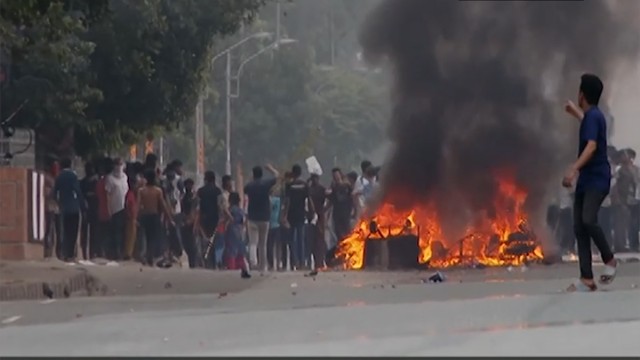
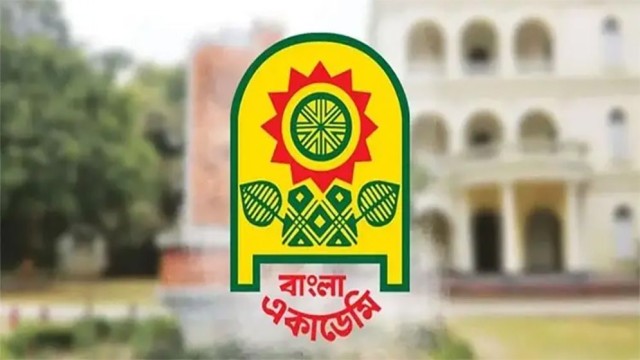
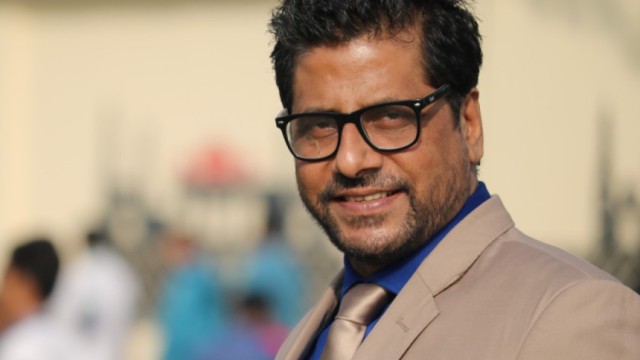
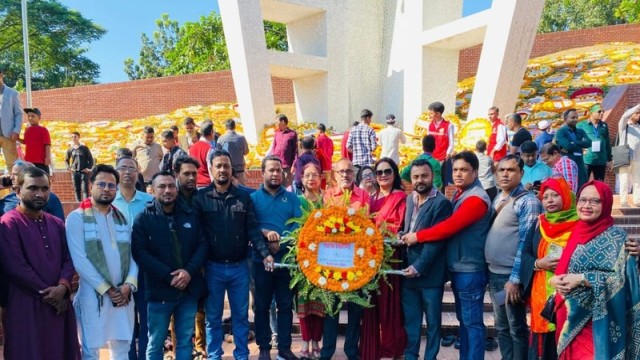
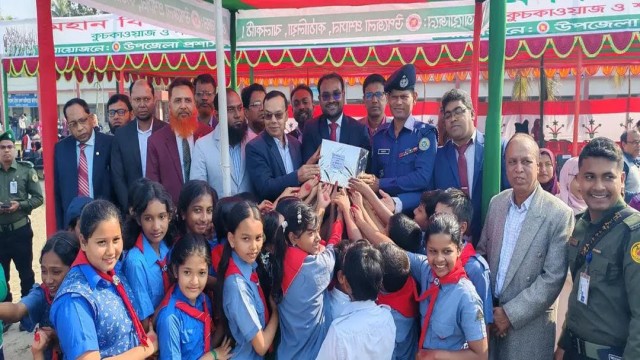
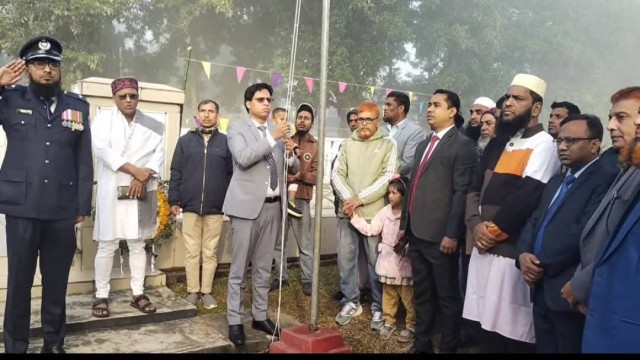
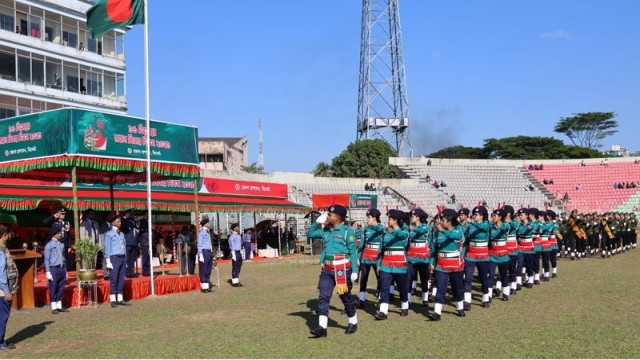
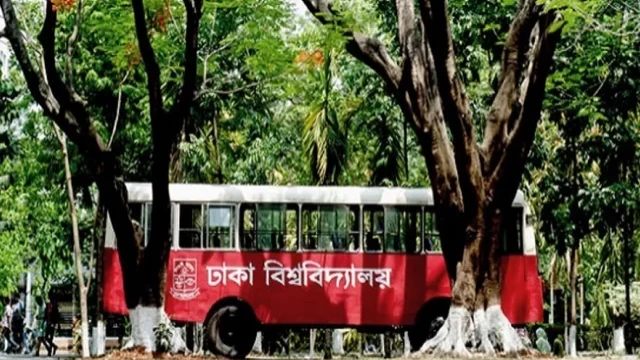
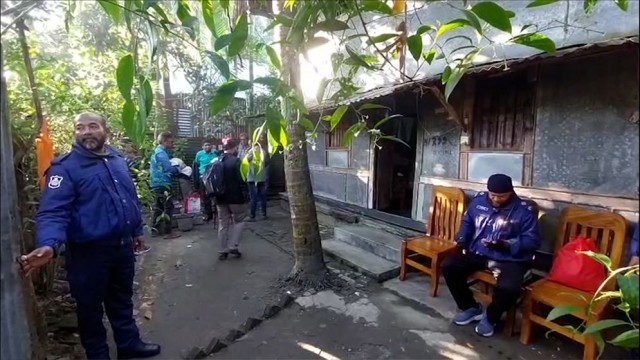
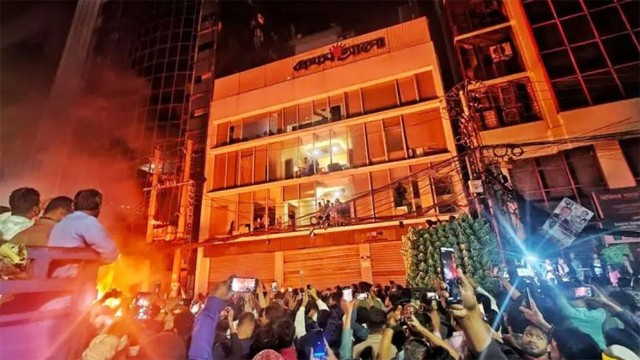

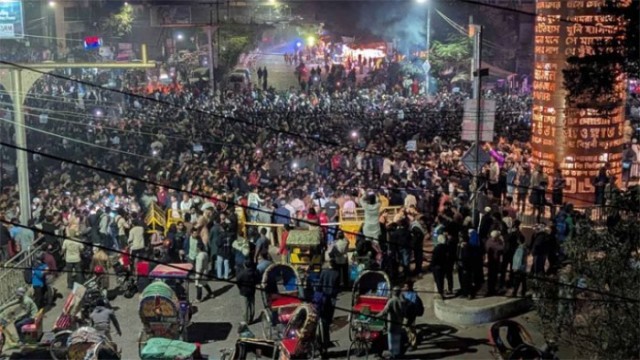
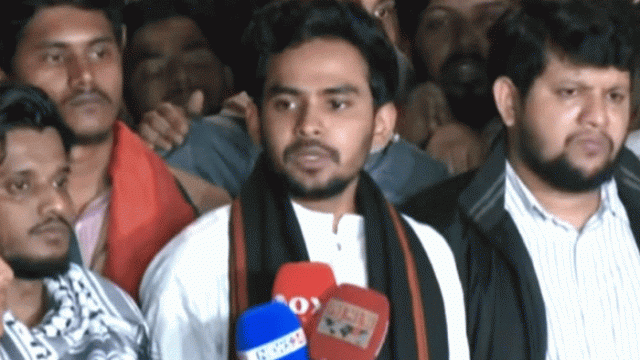
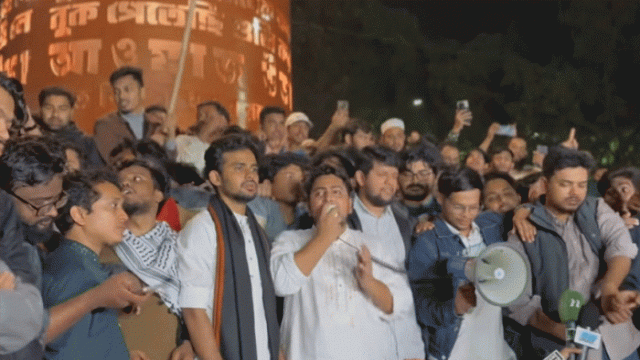
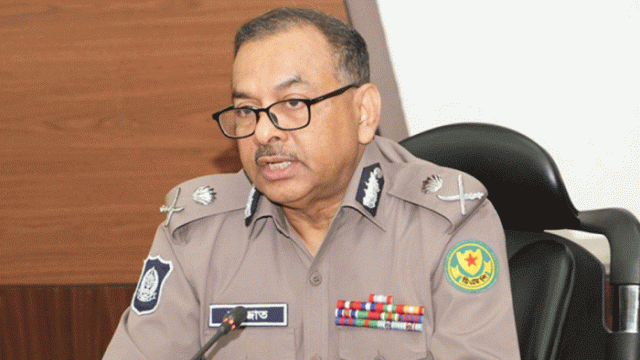
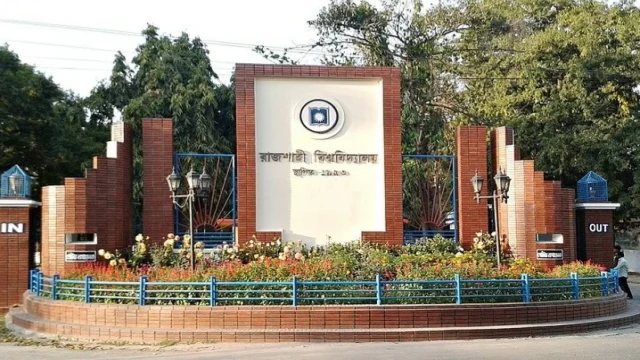
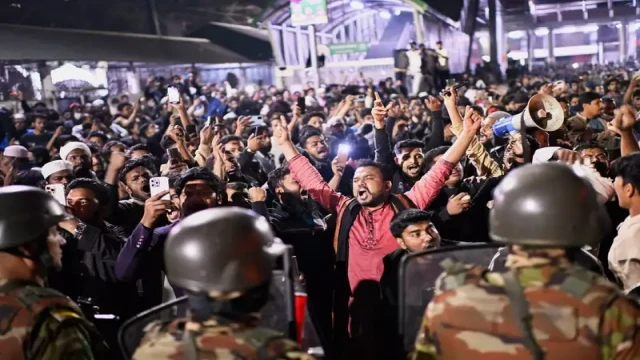

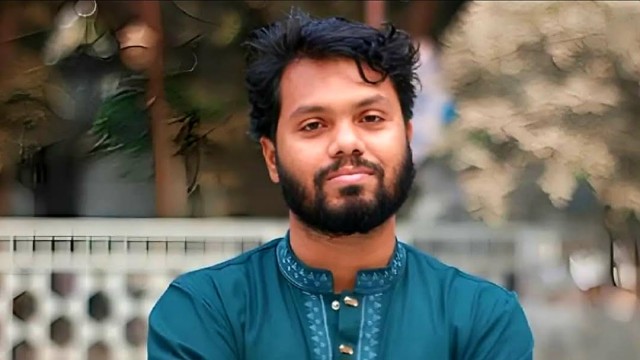
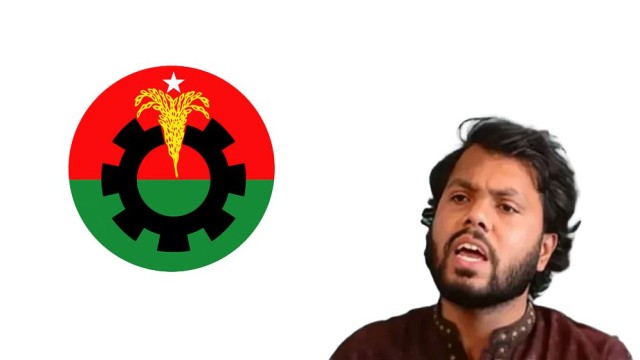
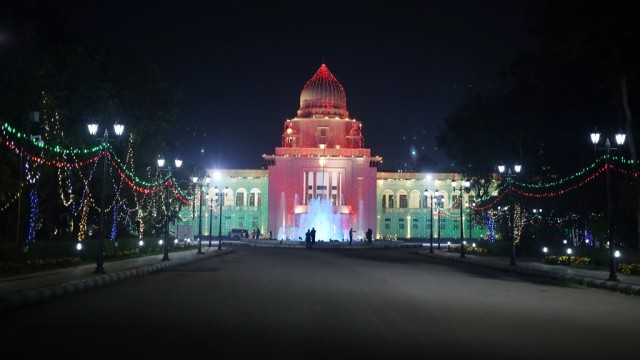

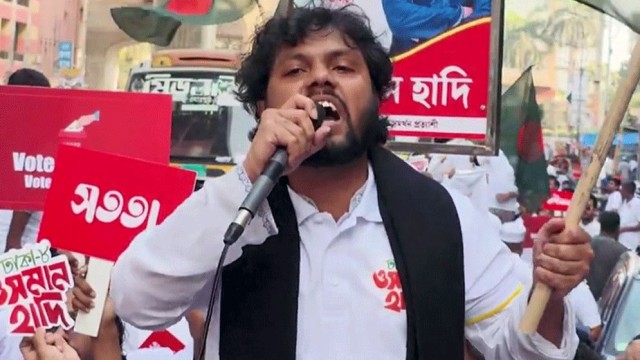
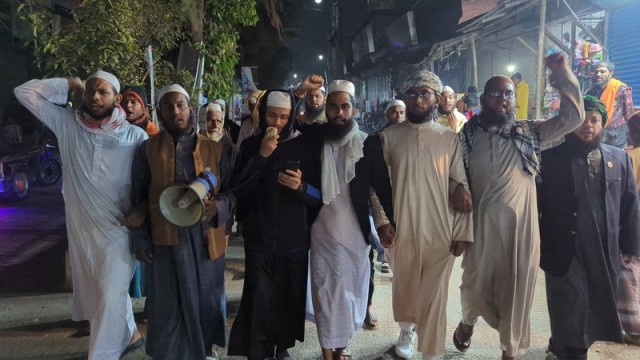
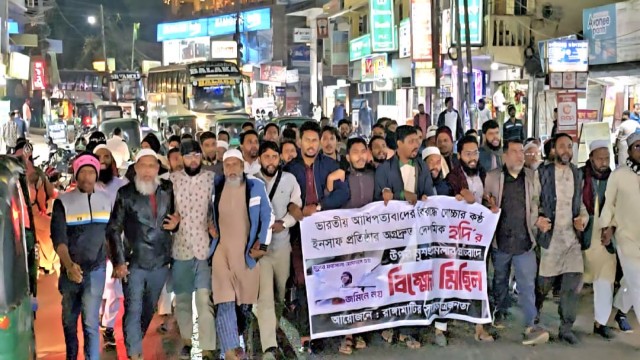
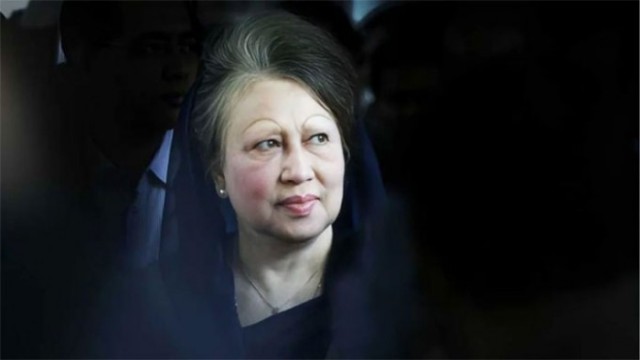
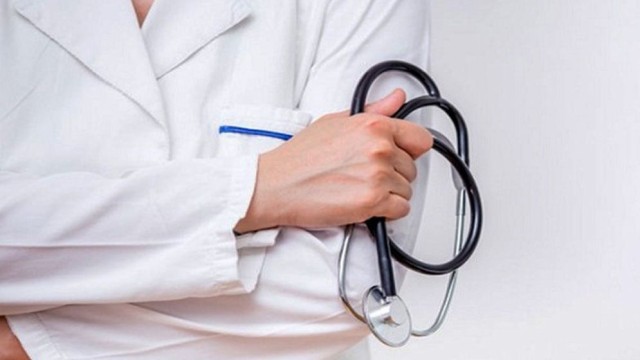
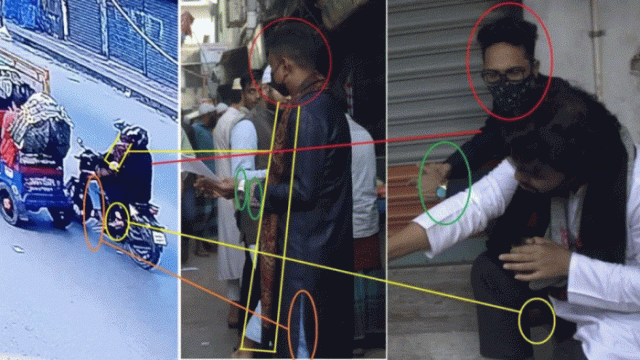
Comment: